Merian C. Cooper - The Road to PolandThe Great War was over, but Merian C. Cooper had no intention of returning to the United States. He left service as an officer known for his experience and bravery. I've already mentioned in an earlier post that he refused the Distinguished Service Order (DSO) for saving his observer's life. In the end, however, he was awarded the Purple Heart.
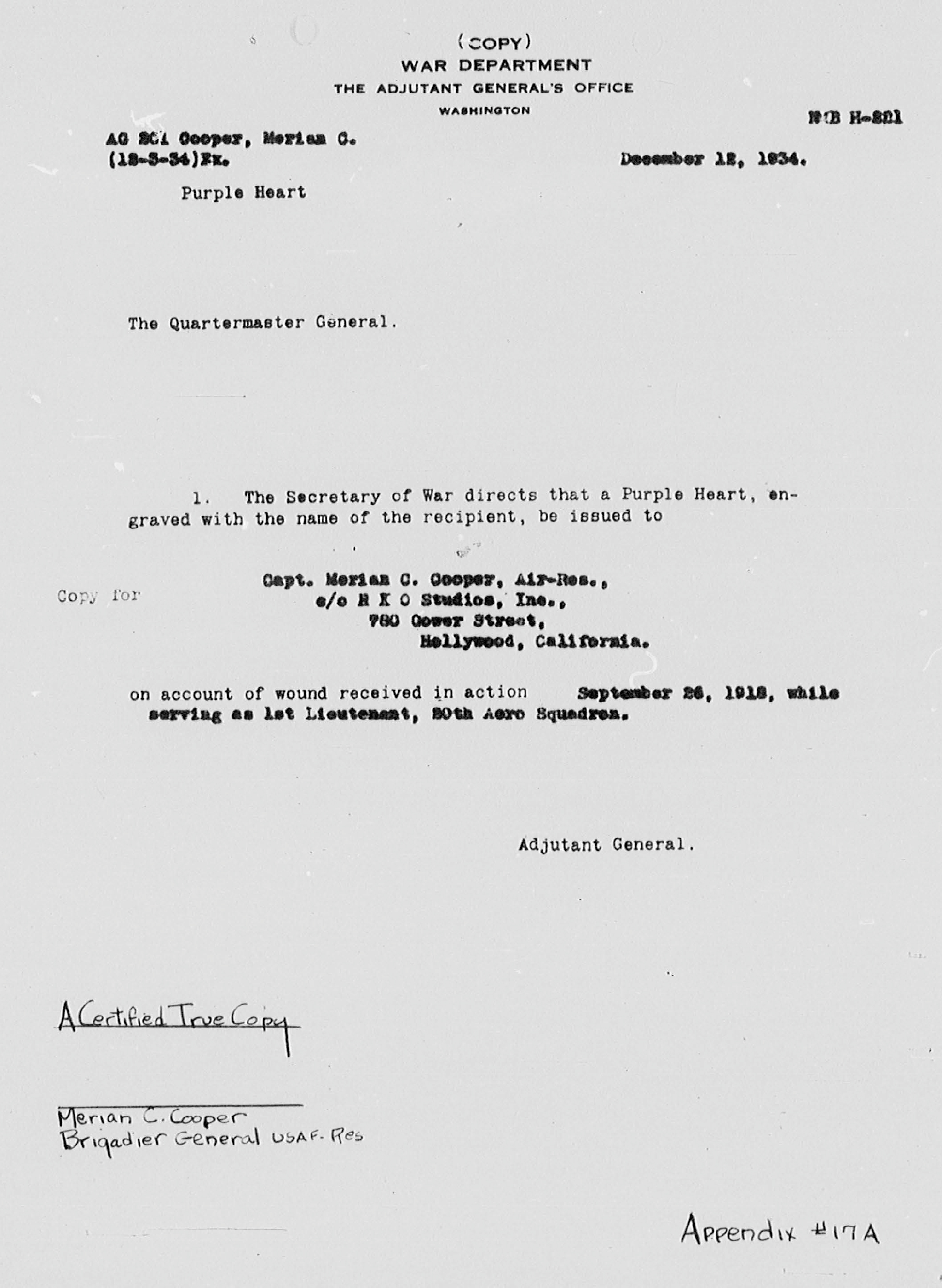
📜 Document granting Merian C. Cooper the Purple Heart

Cooper's attention soon turned to the work of the American Relief Administration, which had just launched a mission in the newly reborn Poland. The ARA was led by Herbert Hoover, who had visited Polish lands as early as 1913. In 1915, he sent Vernon Kellogg to evaluate the situation of civilians in war-ravaged territories.
The devastation was staggering - some regions had seen the front line cross them as many as seven times. Infrastructure was destroyed, agriculture had collapsed, and poverty and hunger were widespread. The worst affected were the poorest and the children.
Following the restoration of Polish independence in late 1918, the country faced not only military but also humanitarian challenges. Food prices soared, coal was rationed, and epidemics spread.
In response, on January 24, 1919, Congress passed a bill allocating $100 million for humanitarian aid - a figure that was later increased several times. It's a little-known chapter of Polish history, but this assistance saved hundreds of thousands of lives, especially among children.

🎨 Easter Market at Bernardyński Square in Lw?w (Lviv), painting by Tadeusz Rybkowski, 1895
When the first ARA representatives arrived in January 1919, they estimated that of the 27 million citizens, at least 4 million were starving, and millions more were undernourished. The situation in Lw?w (Lviv) was among the worst.
Lwiw, a predominantly Polish city, had been surrounded by Ukrainian villages. On November 1, 1918, with support from retreating Austro-Hungarian forces, Ukrainian units attempted to take the city by force and proclaimed the West Ukrainian People's Republic. The Polish population - mostly children, teenagers, women, and the elderly - offered fierce resistance. It took weeks of street fighting to drive the Ukrainians out, and the conflict continued until the summer of 1919.
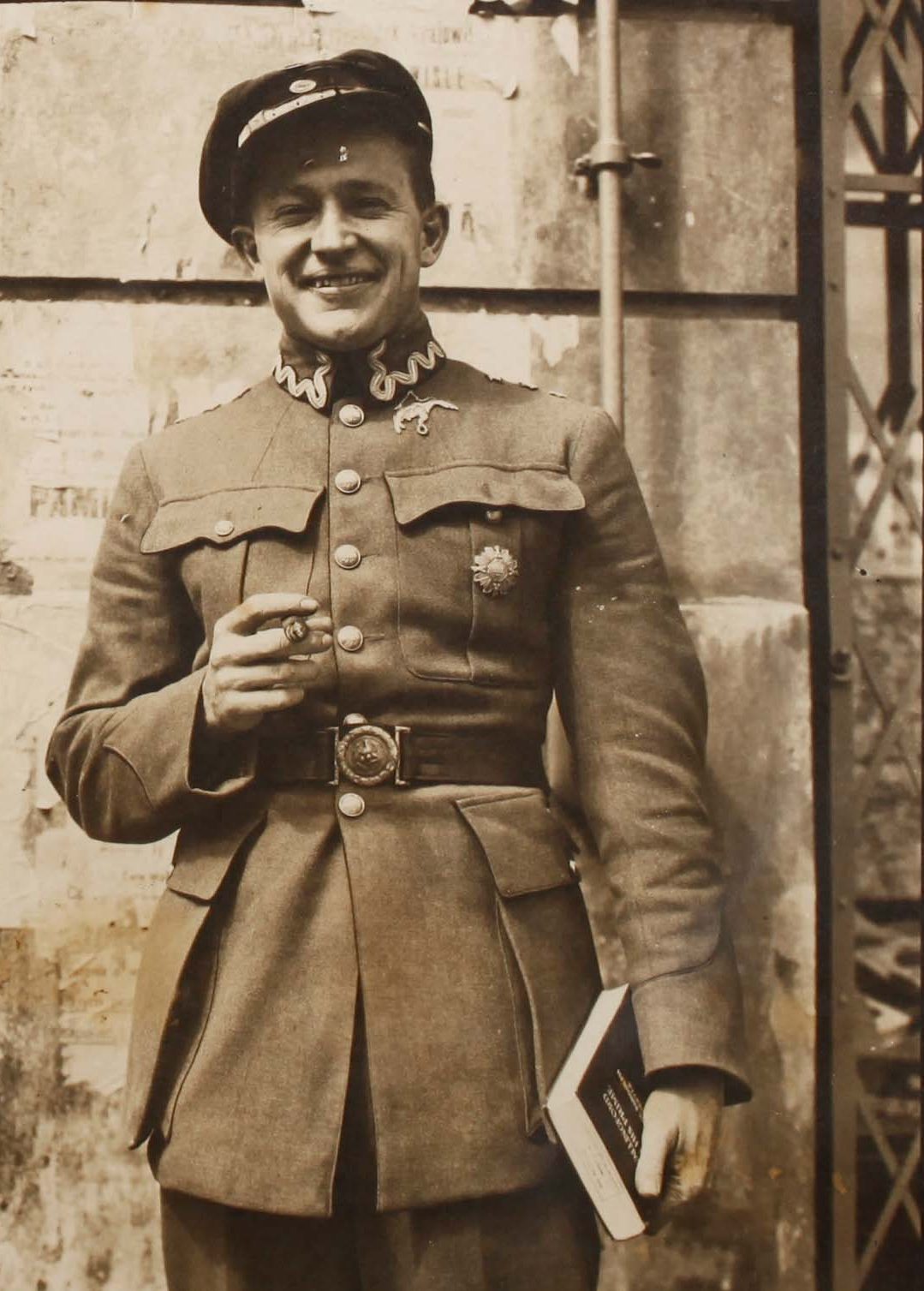
Merian C. Cooper
During the siege, Lw?w was cut off from supplies. There was no electricity, no medicine, and the only route from Przemyśl - known as the "railway of life" - was constantly under fire. Delivering aid to Lw?w became a priority for the ARA, and at the head of this mission stood Merian C. Cooper.
While no direct documentation has survived to explain why Cooper was chosen for the Lw?w post, evidence suggests that he volunteered, seeking to go where help was needed most. His determination and selflessness would show again and again.
Cooper officially joined the mission on February 12, 1919, and just two days later, he left Italy via Austria for Warsaw, and from there immediately on to Lw?w by train. It must have made a strong impression: he saw a war-torn city, crossed the front line under military escort, and shortly after arriving, witnessed a young woman die from a grenade blast.
Based in the Potocki Palace - later also the scene of a Kościuszko Squadron tragedy - Cooper led relief efforts with incredible energy. He personally delivered food to the most dangerous districts, fought corruption and theft, and was recognized as a skilled and fearless organizer.

Today we know Cooper mainly as a soldier and pilot, but we must not forget his role as a humanitarian. In May 1919, the people of Lw?w wrote to the U.S. relief mission:
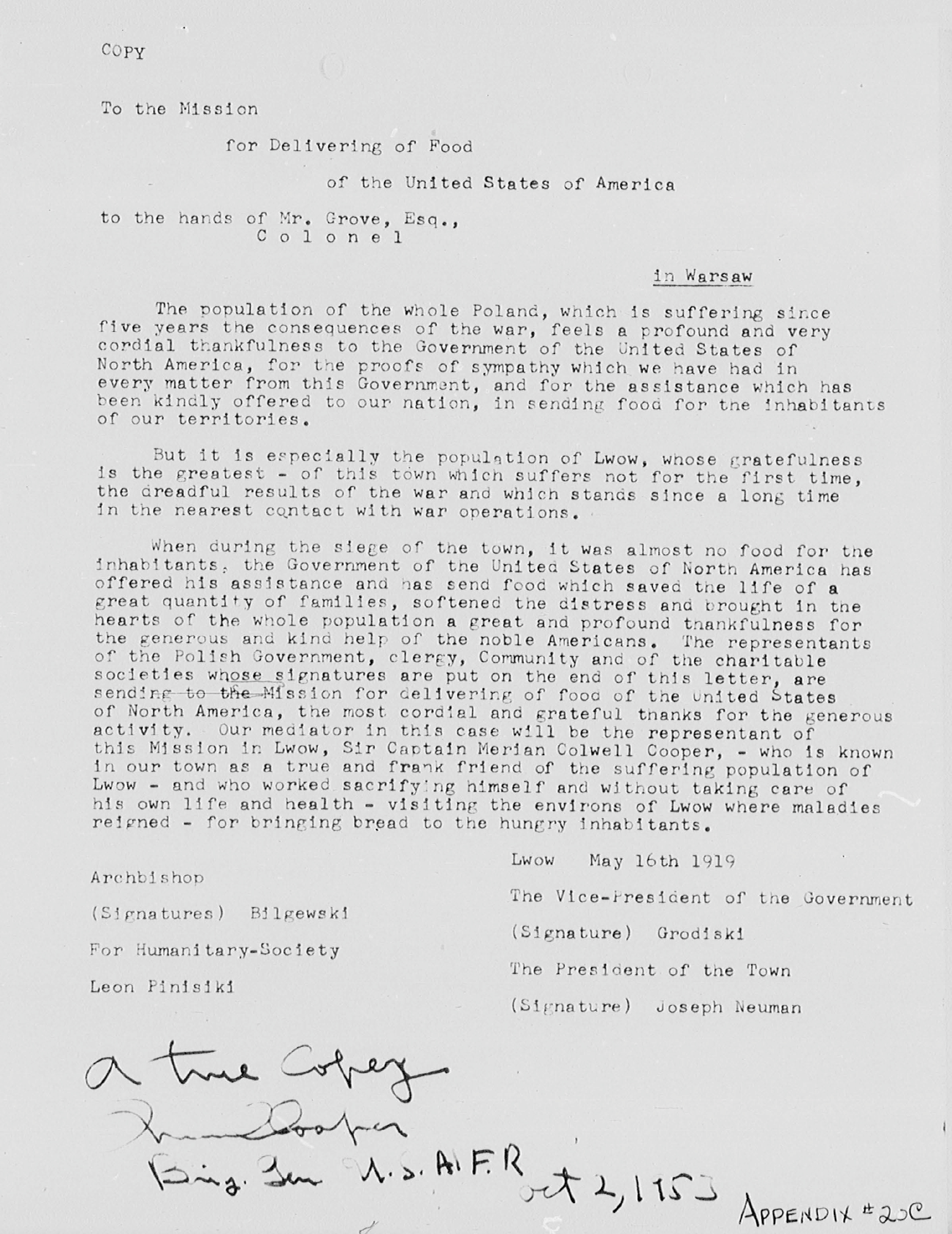
It's estimated that across Poland, U.S. food aid saved up to 1.5 million lives. Today, few remember that.
After three months of intense relief work, conditions in Lw?w began to stabilize. The war with Western Ukraine was ending, but a new threat loomed: the Bolsheviks. Cooper decided his humanitarian mission was complete - and it was time for more decisive action.
At that time, Eastern Galicia was under the command of General Tadeusz Jordan Rozwadowski, whom Cooper almost certainly knew personally. The two began discussing Cooper's possible enlistment in the Polish Army to fight the coming threat.
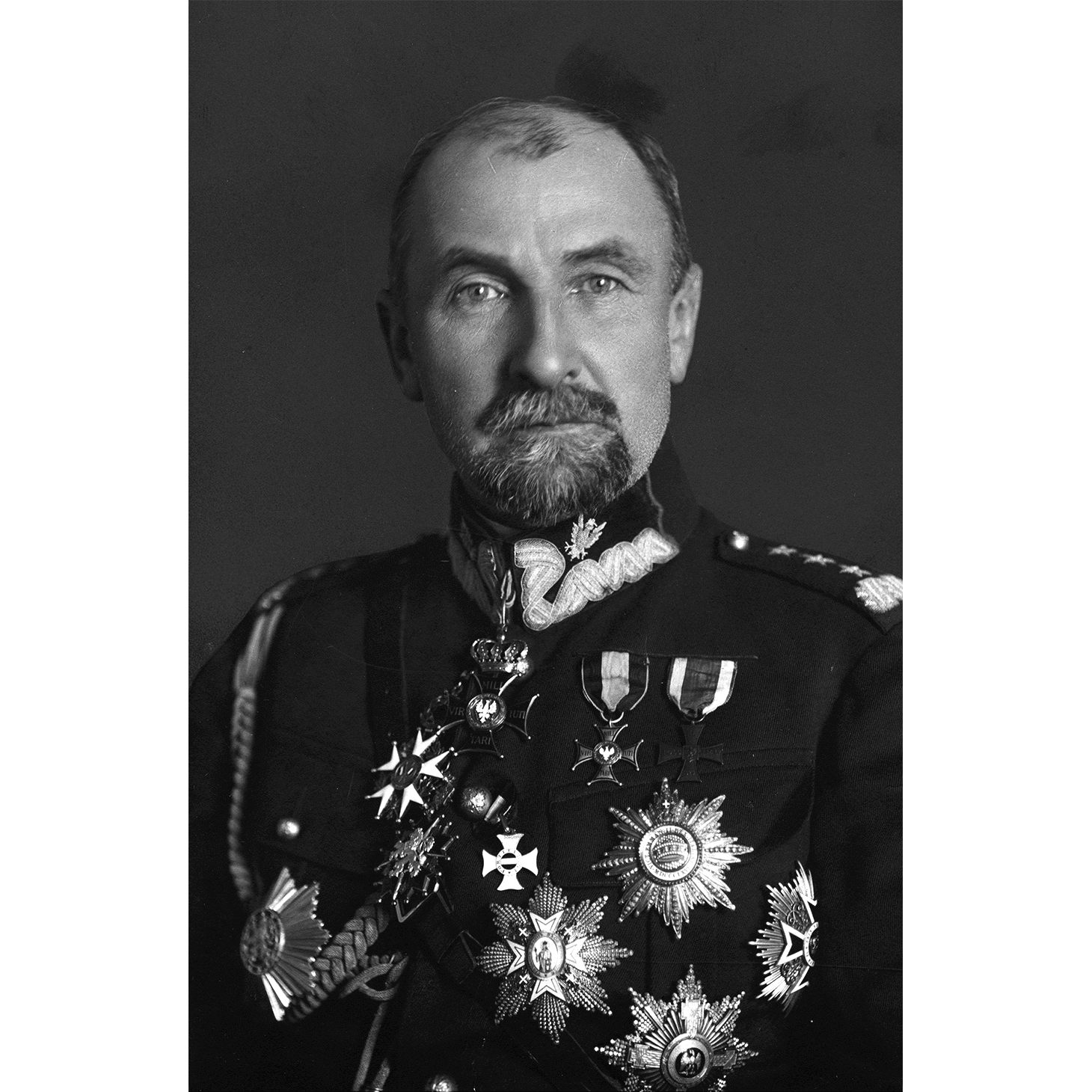
Gen. Tadeusz Rozwadowski
The idea of the Kościuszko Squadron was still in its infancy - but the first step was gaining the approval of J?zef Piłsudski.
To be continued...
____________________________________________________________________________________________________________________________________________________________________________________
Workshop update - Fuel tanks
The past few days I've mostly been working on the documentation for this model, preparing for the upcoming Moson Show. So not much happened in the workshop itself - but I did manage to make progress on one element: the fuel tanks.
The rear tank, located deep behind the engine, will be barely visible in the finished model. The kit doesn't include it at all. Still, I decided to build it - mostly thanks to the excellent reference photos I received from Craftlab (huge thanks!).
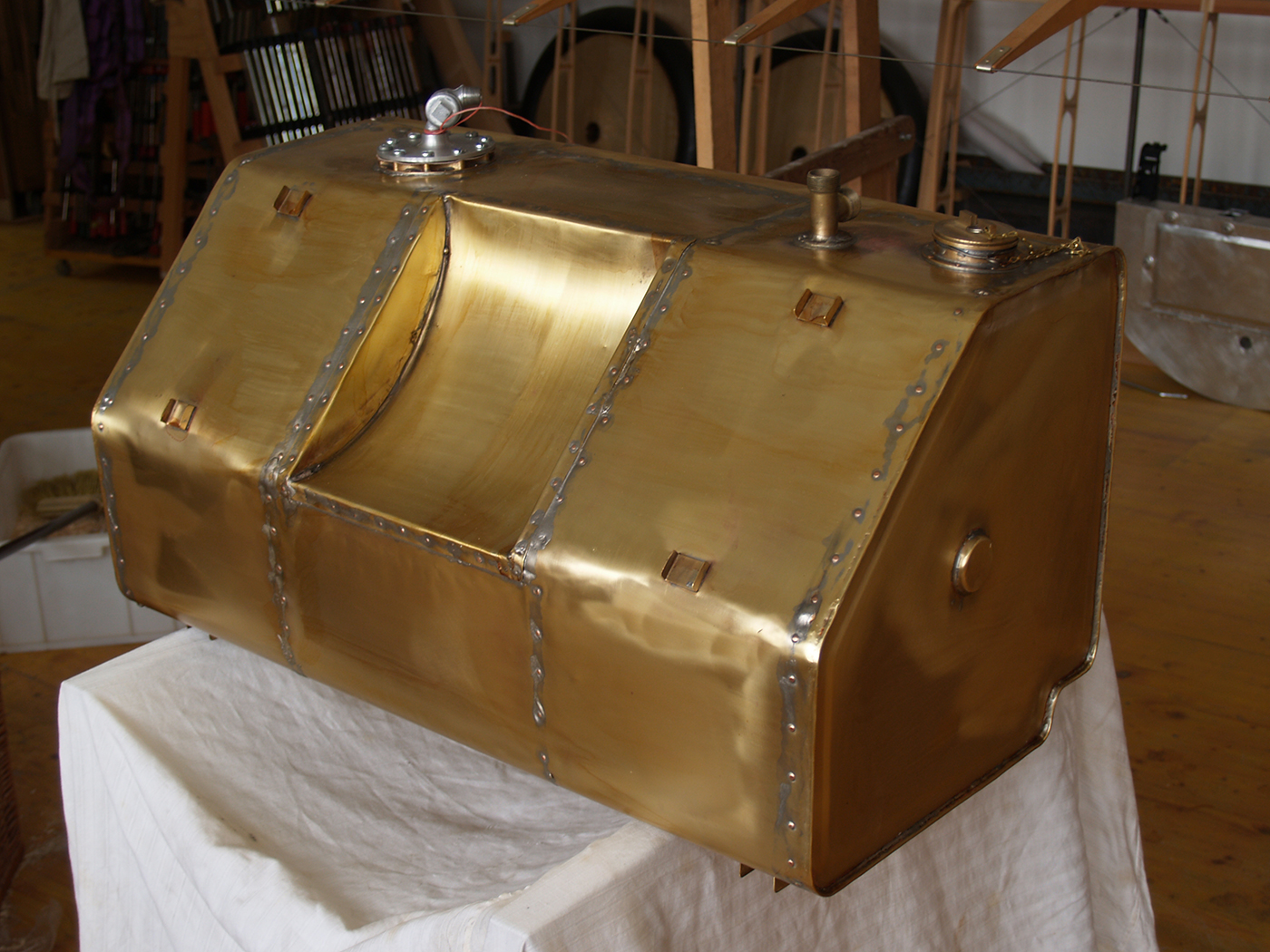
Since I'm documenting this build thoroughly, even hidden details like this are worth doing.
I started by sketching the tank and the general fuel system layout - although I'll tackle the system itself later. For now, the focus is just the tank.
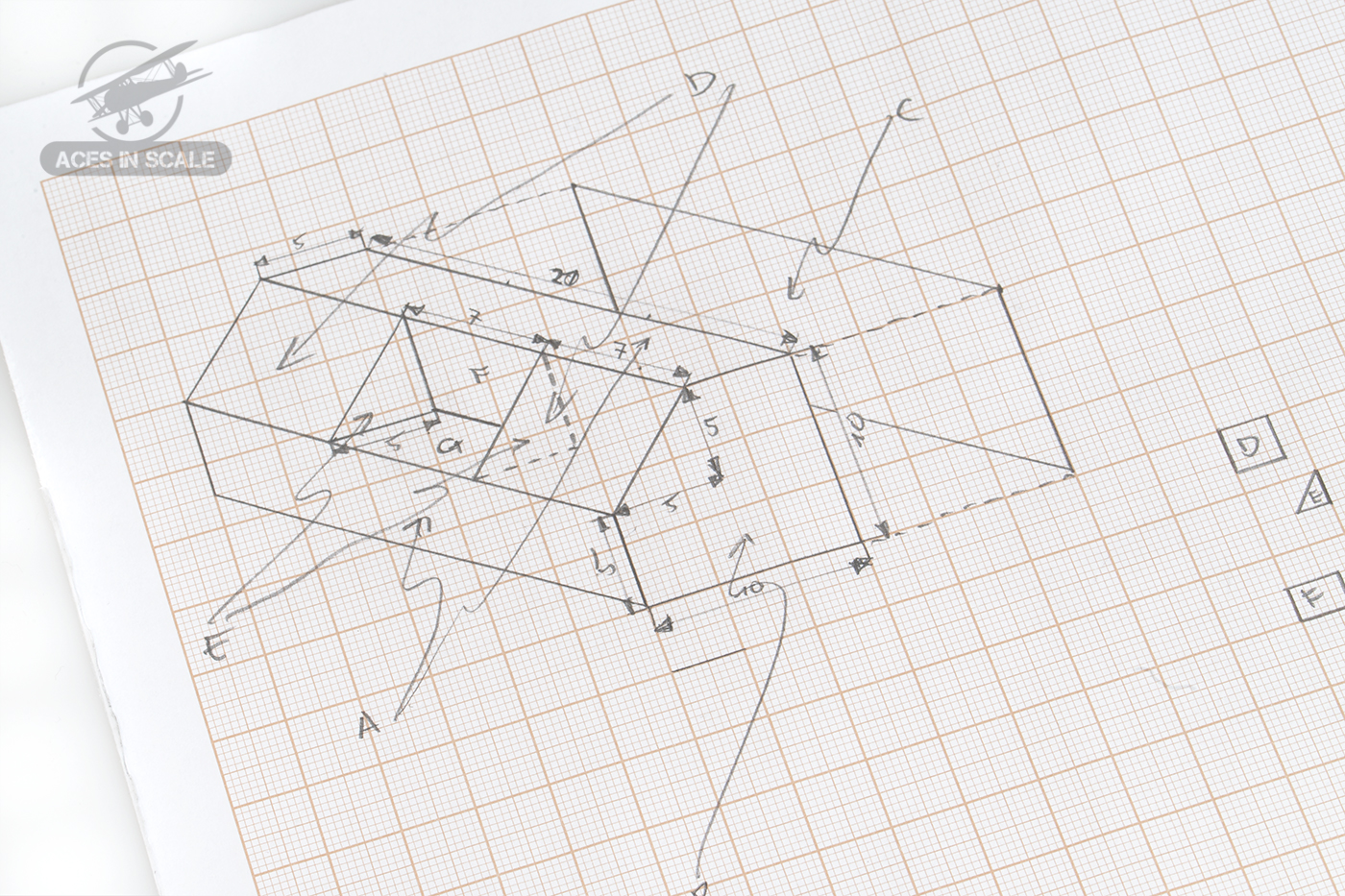

I cut all the necessary parts from polystyrene sheets of various thicknesses and began the painstaking box assembly. I simplified the curved recess in the center into a more angular shape for practicality.
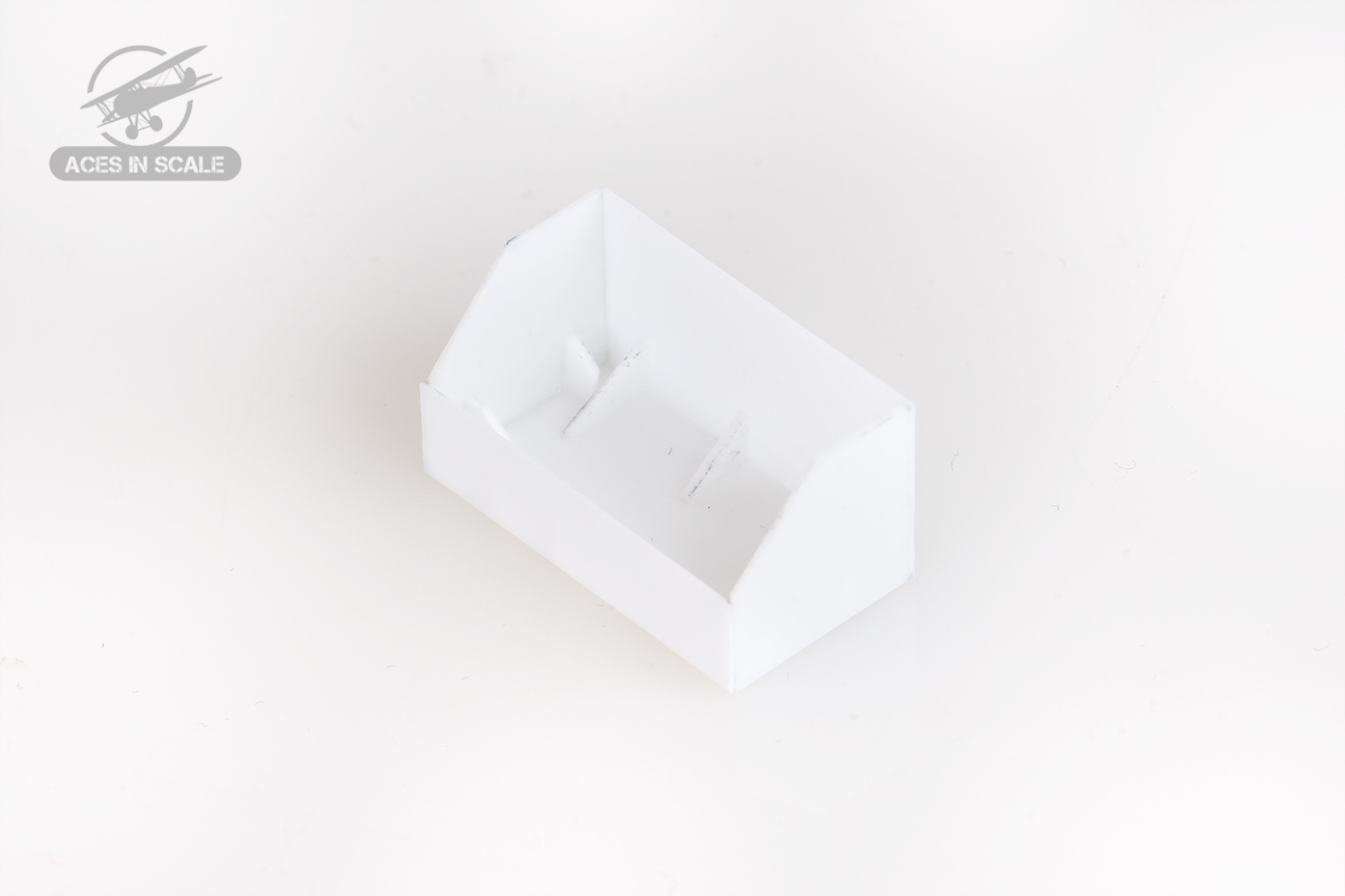

I reinforced the inside with braces to prevent collapse and ensure the structure was rigid. I also added fuel line connectors - leading to the gauges on the left side of the cockpit, the central area, and the engine. I scratch-built the filler cap using punches, scrap bits, and brass tubing.

Finally, I added clamps, filled the seams, and drilled all the rivet holes. First I marked them with a rivet tool, then drilled each one by hand. Then came the slow part - riveting both tanks.
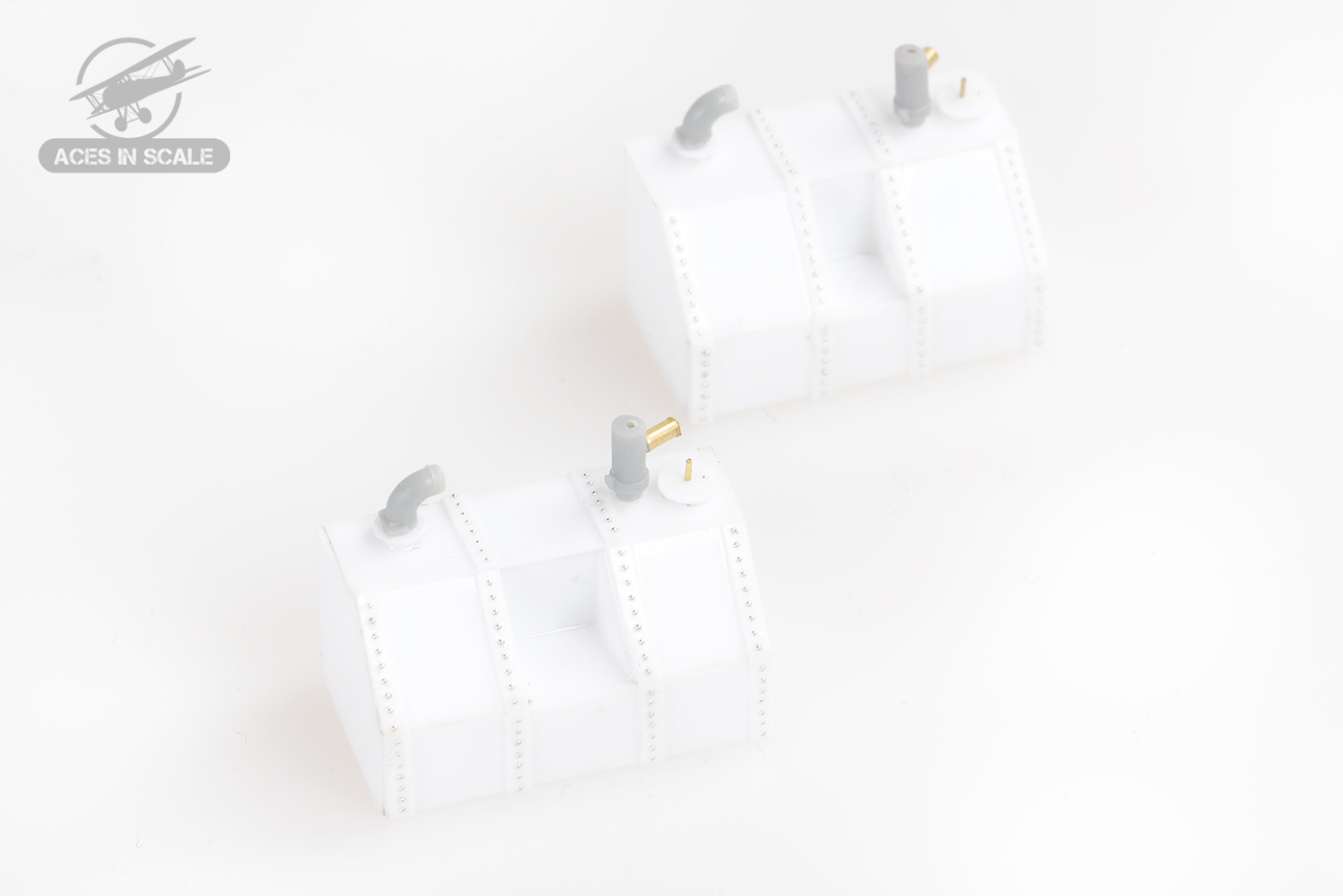
That's it for today!
Cheers,
Łukasz